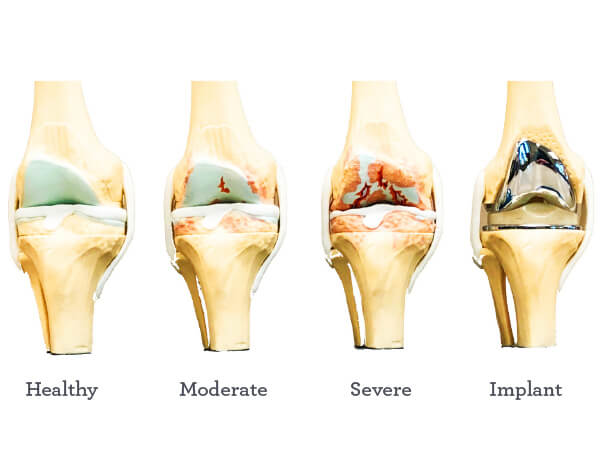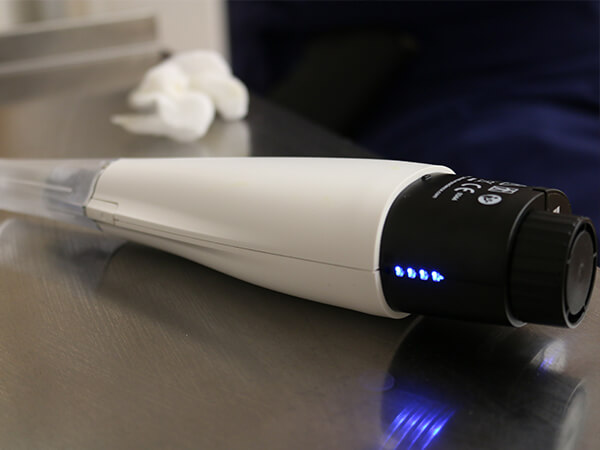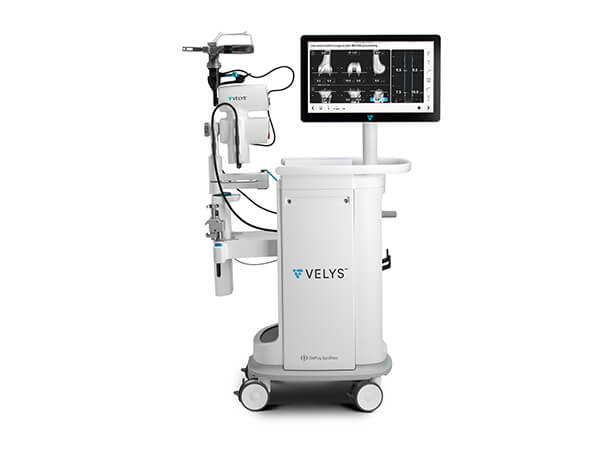09/23/2022
Knee replacement surgery is a very well-established surgery that has been performed regularly since the 1970s, though technology has obviously evolved. The number of knee replacements done on an annual basis continues to increase each year. However, it is not without risk and can be an uncomfortable experience in the immediate post-operative time.
When quantifying how much pain there is after surgery, it is relative to the patient. The pain after a knee replacement is typically no worse than one of your worst days before you had surgery. However, you can feel this way for the first two to three weeks after the day of surgery. The amount of pain after surgery is usually manageable by the pain control plan you develop with your surgeon, but to think that surgery will be pain-free is unrealistic.
One of the biggest improvements with joint replacements over the years has been pain management before you go into the operating room, during surgery, and post-operative care.
The day of surgery you may be started on an anti-inflammatory to help with pain. Sometimes you are given a narcotic before the start of the case as a preemptive strike on the pain. The anesthesia department will typically talk to you about an adductor canal block. This is an injection of some long-acting numbing medication that is placed above the femoral nerve, and which can decrease the body’s pain perception after your surgery.
During your surgery, there are several things that your surgeon will do to help decrease the amount of pain. Using smaller incisions and careful handling of the soft tissues around your knee can help decrease the amount of pain. Decreasing the amount of time that a thigh tourniquet is inflated can also help with pain after surgery. Your surgeon may also opt for an injection of narcotic and numbing medication in and around your knee joint once the knee replacement is done.
After surgery, the nursing staff will start putting ice on your knee. It will take four to five days before your knee will start to swell. Putting ice on the joint right away will help with swelling that will occur later. Icing your knee four to five times a day is recommended during the first three weeks. Icing and elevating your knee regularly can help keep the swelling down, which in turn helps with reducing your pain and improving your range of motion.
The nursing staff will also use a combination of Tylenol and narcotics to help control your pain. Over-the-counter Tylenol taken at the correct dosage and used on a regular schedule can help with pain. Narcotics can help with breakthrough pain that the ice and Tylenol do not control. Research has shown that managing your pain with several different options is better than just using one technique.
The first two to three weeks post-op is generally the time patients feel most discouraged due to the pain. It’s hard to get up from a chair, it’s difficult going up and down stairs, you’re moving slowly and you have to use a walker because you have no strength or balance. It does get better, but most people during this time are not thinking that the surgery was a great idea.
At four to six weeks, you should be doing much better. You are taking little or hopefully no narcotics by this point. You are starting to sleep better at night. The simple activities of walking and getting up from the toilet are much easier. Your knee is starting to look more like a knee and your range of motion is improving. People are starting to think about going back to work if they do desk work. The biggest issue at six weeks is that your strength and endurance has not yet fully returned and that can be frustrating.
At three months, life is typically much better. Your knee has not functioned this well in a long time. Most patients are no longer seeing your surgeon anymore. You have returned to work by now. Patients are doing the extra things of life: going for walks, going to the gym and getting out of the house regularly again. Your knee will still have some soreness, but it is very tolerable. You may get tired if you are on your feet for long periods of time, but strength can continue to improve with time. This is still some swelling in the knee, but it is usually better than before surgery.
At between six months to one year after surgery, you are fully recovered. Whatever swelling or pain or motion you have will likely be it. A knee replacement is not a perfect surgery. Your new knee will not feel like the knee you had when you were twenty, but it is better than before you started this journey. The goal of the surgery is to take away eighty to ninety percent of the pains, aches and stiffness that you had before you started. Knee replacements allow you to walk two miles for exercise, run errands around town and go to sporting events. When fully recovered, most patients will say that it was the best thing they ever did and would do it again if need be.
If you decide to undergo a knee replacement, there is going to be pain after surgery. However, your surgeon is going to use several different medications to try and keep that pain tolerable so that you are able to complete your rehab and function in the way you need to get through the tough days right after surgery, which means you can enjoy life again further along in recovery.
OrthoNebraska is a destination for joint replacement, doing more than any other hospital in the Omaha area by far, and having several innovative options for knee replacement in particular, from opioid-sparing to robotic-assisted surgery. Make an appointment to speak with a knee surgeon about your pain and see if surgery or another option is right for you.







